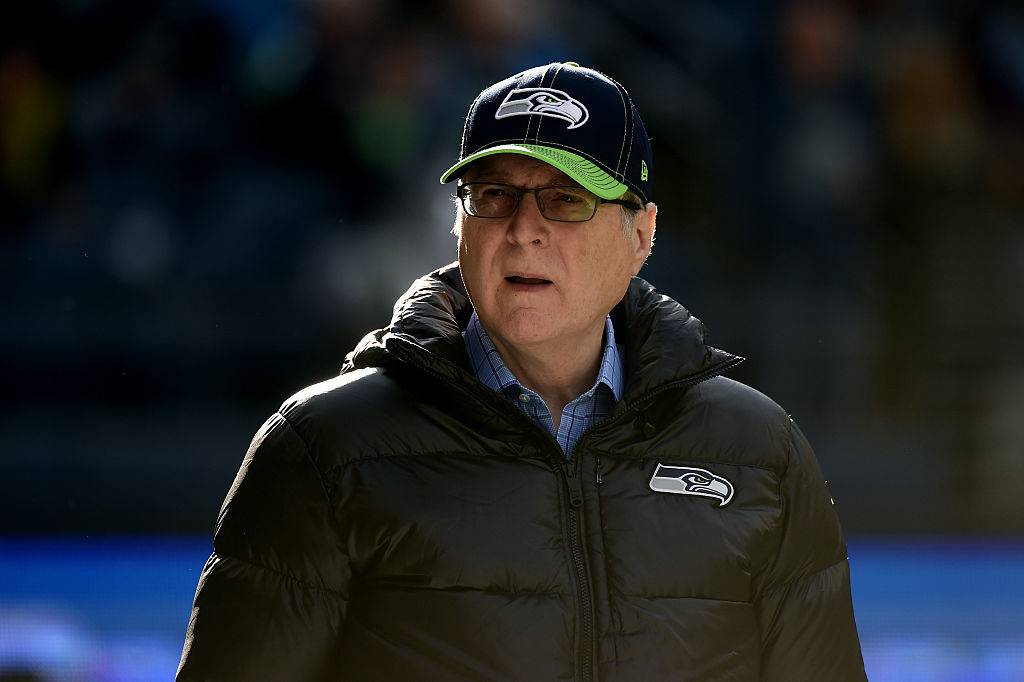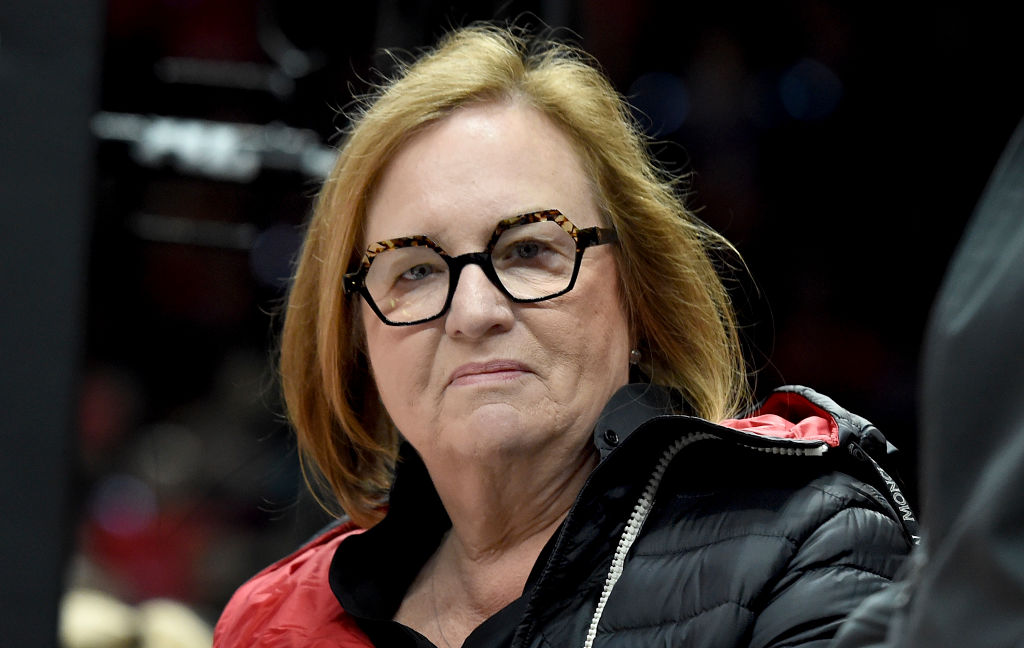NFL
NFL: Who Owns the Seattle Seahawks Now?

Seattle Seahawks owner Paul Allen was the richest owner in the NFL before his untimely death last October. Often, a large estate with many major holdings enters a state of flux in situations like this.
Yet today, Allen’s former team moves forward with a sense of purpose mirroring how things worked during his reign.
How is that possible? Because the Seahawks never went on sale in the first place.
The Seahawks are not for sale
When Allen died of complications from non-Hodgkin’s Lymphoma last year, media speculation on the future of the Seahawks was rampant. Interest in the fate of the team flared up further after news broke that Allen intended proceeds from a posthumous sale to go to his Paul G. Allen Family Foundation.

At the NFL Scouting Combine back in March, the uncertainty surrounding the Seahawks was finally put to rest.
General manager John Schneider informed reporters that he now reports to Jody Allen, Paul’s sister. Previously, Schneider reported directly to Paul. The new structure changes right at the top, rather than sending major shock waves throughout the organization.
Head coach Pete Carroll said, “We’ve had great meetings with Jody. I’ve been so impressed, [by] her ability to put things in motion in similar fashion.”
Jody Allen represents the interests of her brother’s foundation. Instead of profits from a sale going to Paul’s charity, profits from the team’s operations bring in constant revenue.
Why Paul Allen was beloved by fans
Paul Allen enjoyed an uncommon level of trust from the Seahawks fanbase. Even objectively successful owners like the Yankees’ George Steinbrenner or the Patriots’ Robert Kraft weren’t exactly beloved by their own fanbase.
Allen earned Seahawks fans’ respect the moment he bought the team. In 1997, it was common knowledge that the team was headed to Southern California. The deal was so close to completion that the front office regularly referred to “the Anaheim Seahawks.”
That changed when Microsoft co-founder Allen settled on an NFL team as his next big investment. He immediately canceled the lucrative relocation. His Seahawks would contribute to the local Seattle economy, regardless of the short-term profits sacrificed by staying.
Under Allen, the Seahawks transformed into a powerhouse. Three Super Bowl appearances and one win capped off his incredible transformation of the team.
How the new Seahawks organization moves forward without Paul Allen
Paul Allen bought the Seahawks for $194 million. His sister Jody picked up where he left off — with a team Forbes values at $2.58 billion (and a potential sale value of up to four billion dollars.)
Mrs. Allen served as CEO of investment firm Vulcan Inc. from 1986 to 2015. After that, she turned her focus to the Paul G. Allen Family Foundation. Some observers took this as a turn toward full-time philanthropy. When Mrs. Allen’s brother passed away last year, within months she found herself running both the Seahawks and the Portland Trailblazers.
Coach Carroll describes Mrs. Allen as “aggressive,” insisting that the team remains in the right hands. Her previous experience did not involve sports. But it did involve running complex, multi-billion dollar businesses, investments and foundations. And, key for worried Seahawks fans, she shares her brother’s affection for centering operations in Washington state.
Today, the future for the Seahawks looks bright. 2019 draft pick wide receiver D.K. Metcalf shows signs of paying off. The huge asking price for quarterback Russell Wilson looks to be worth every penny. Rumors swirl around linebacker Jadeveon Clowney’s interest in heading to Seattle.
The best aspect of the change in ownership for the Seattle Seahawks is in just how much things look to work like they did before Allen’s passing.











